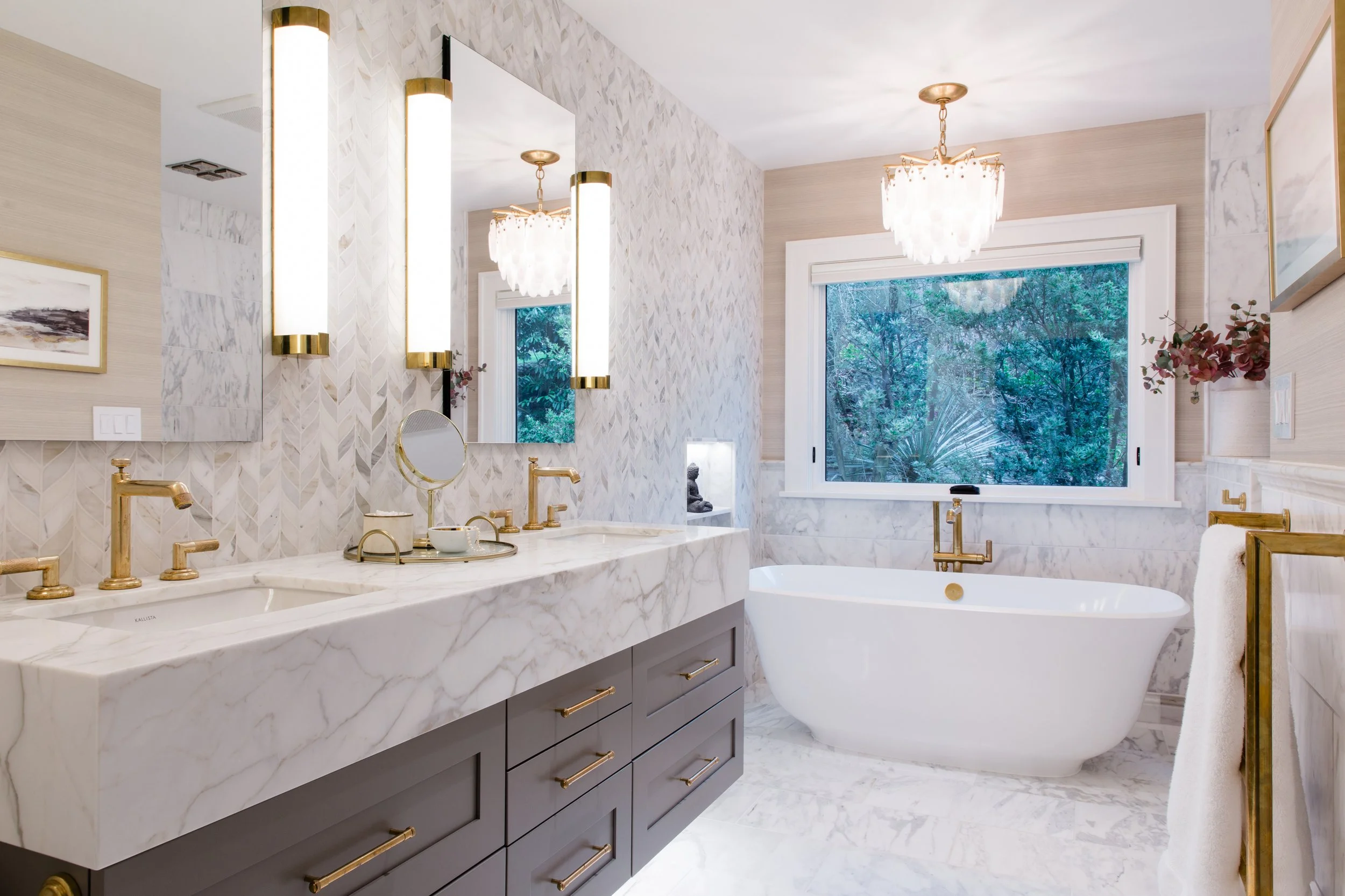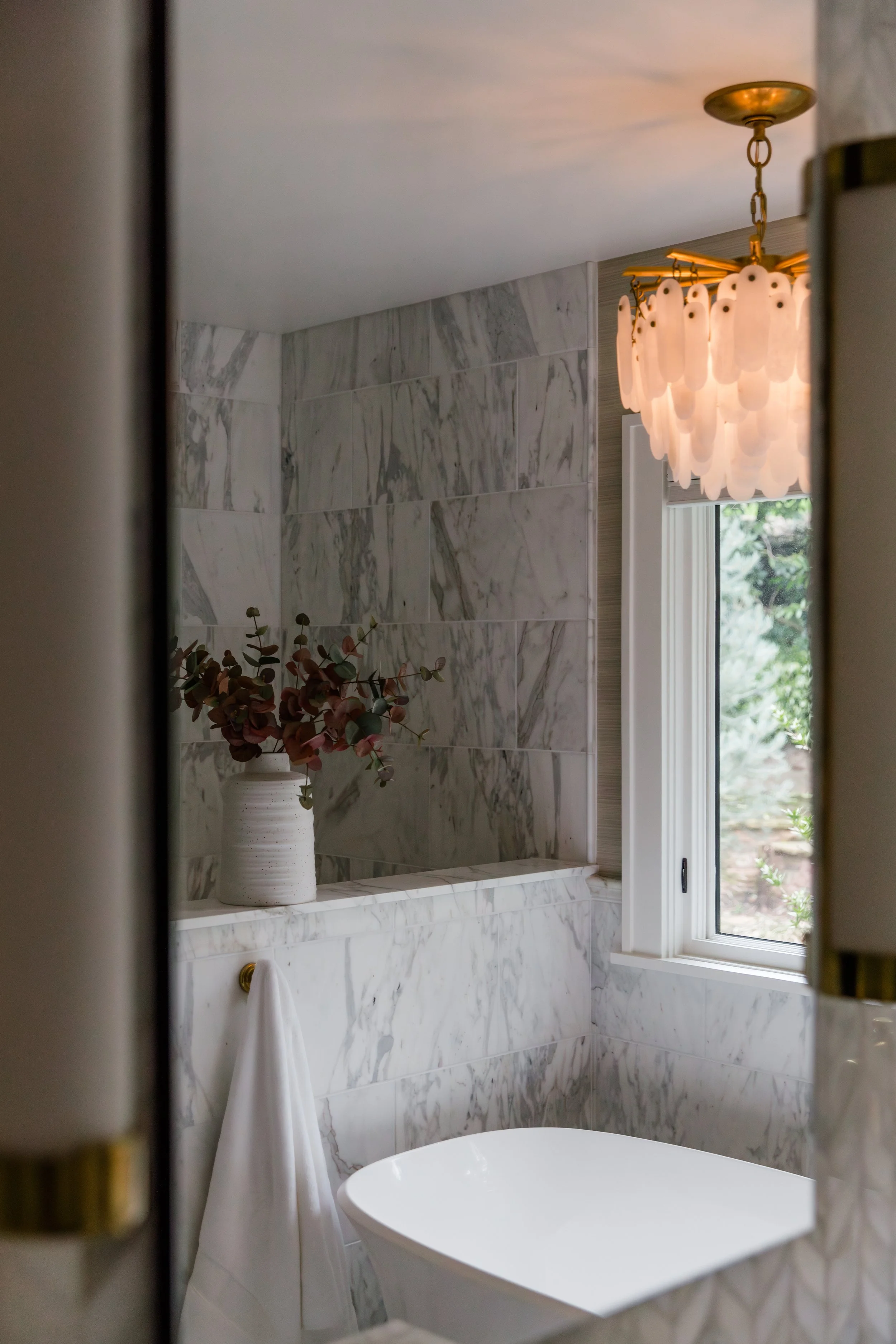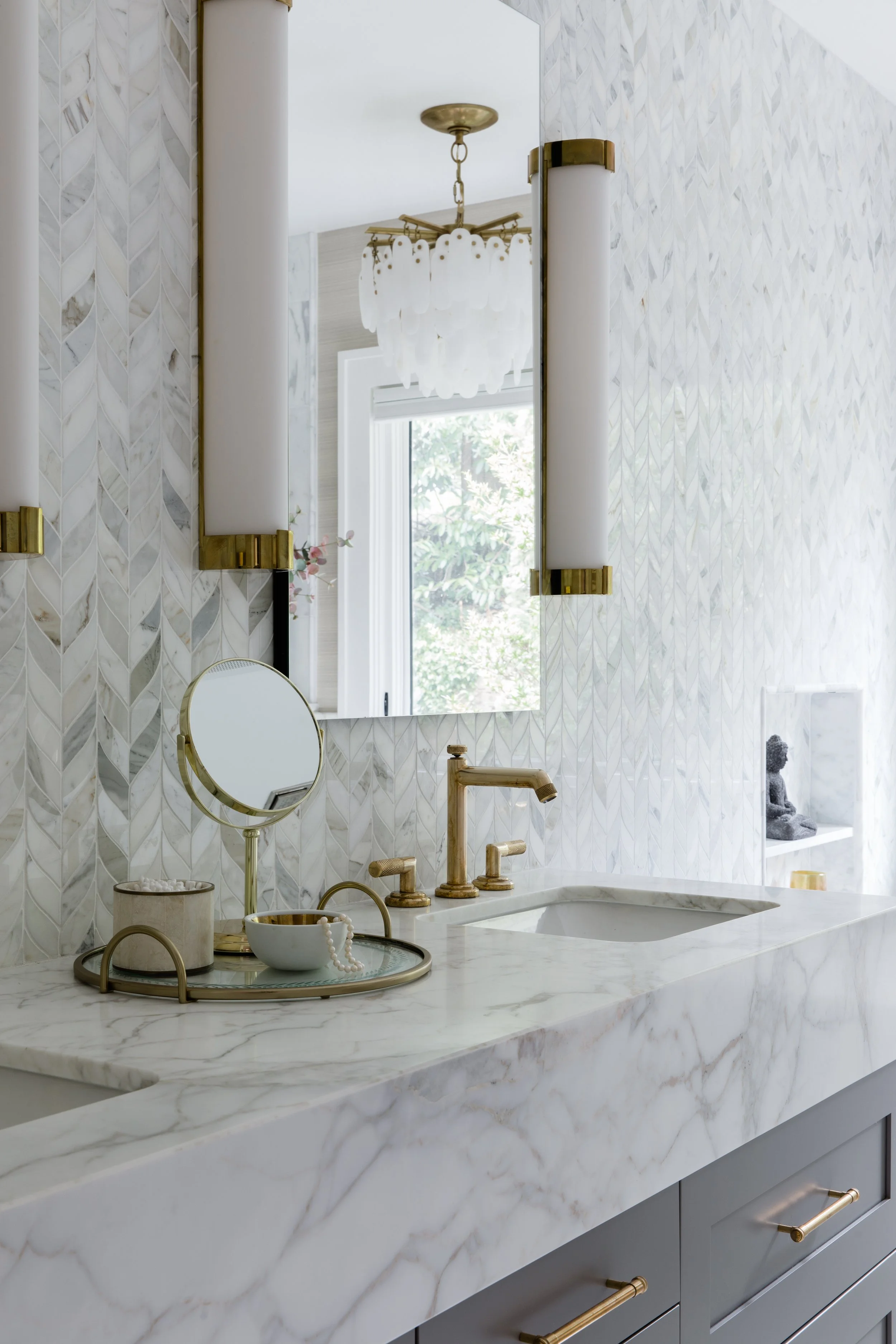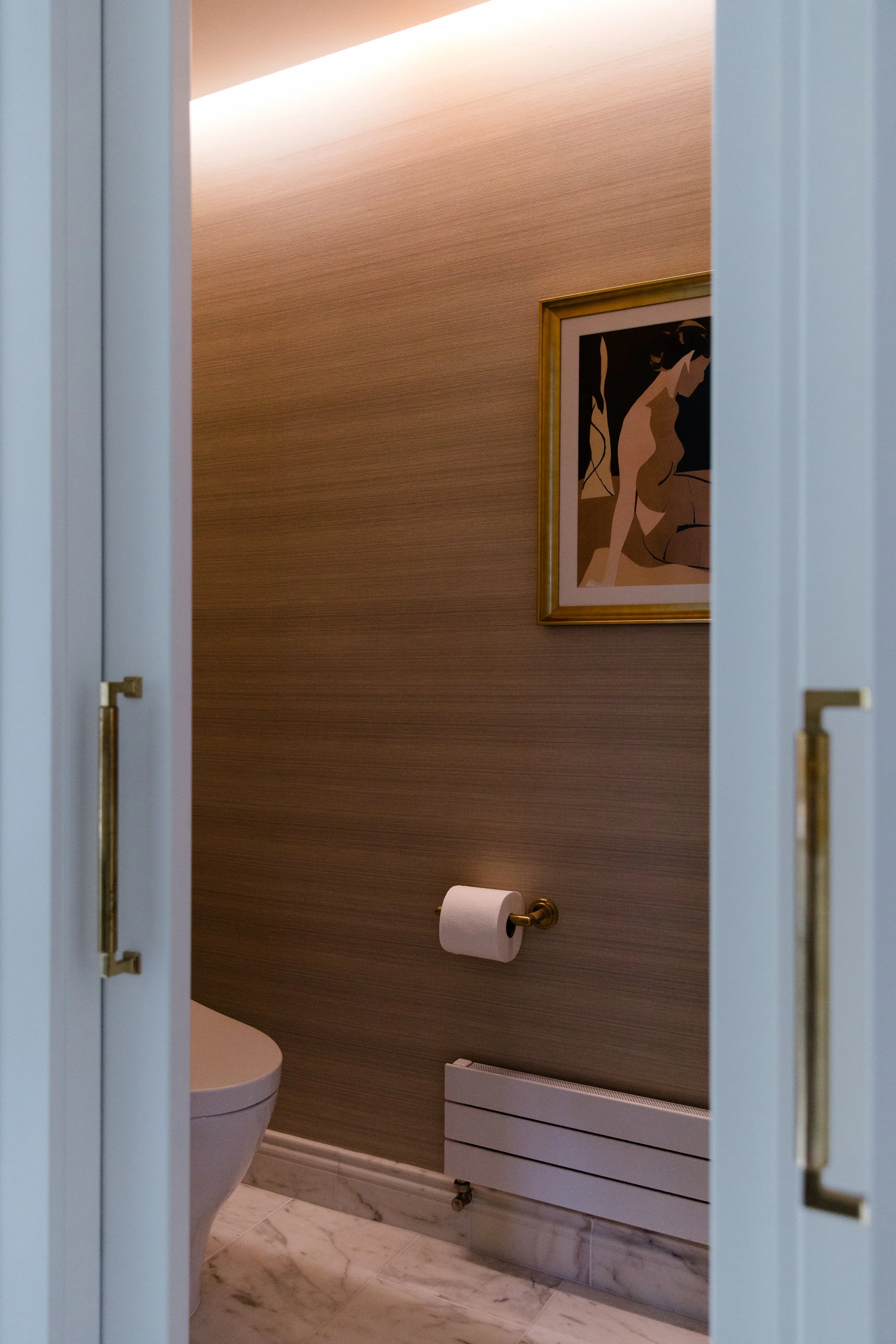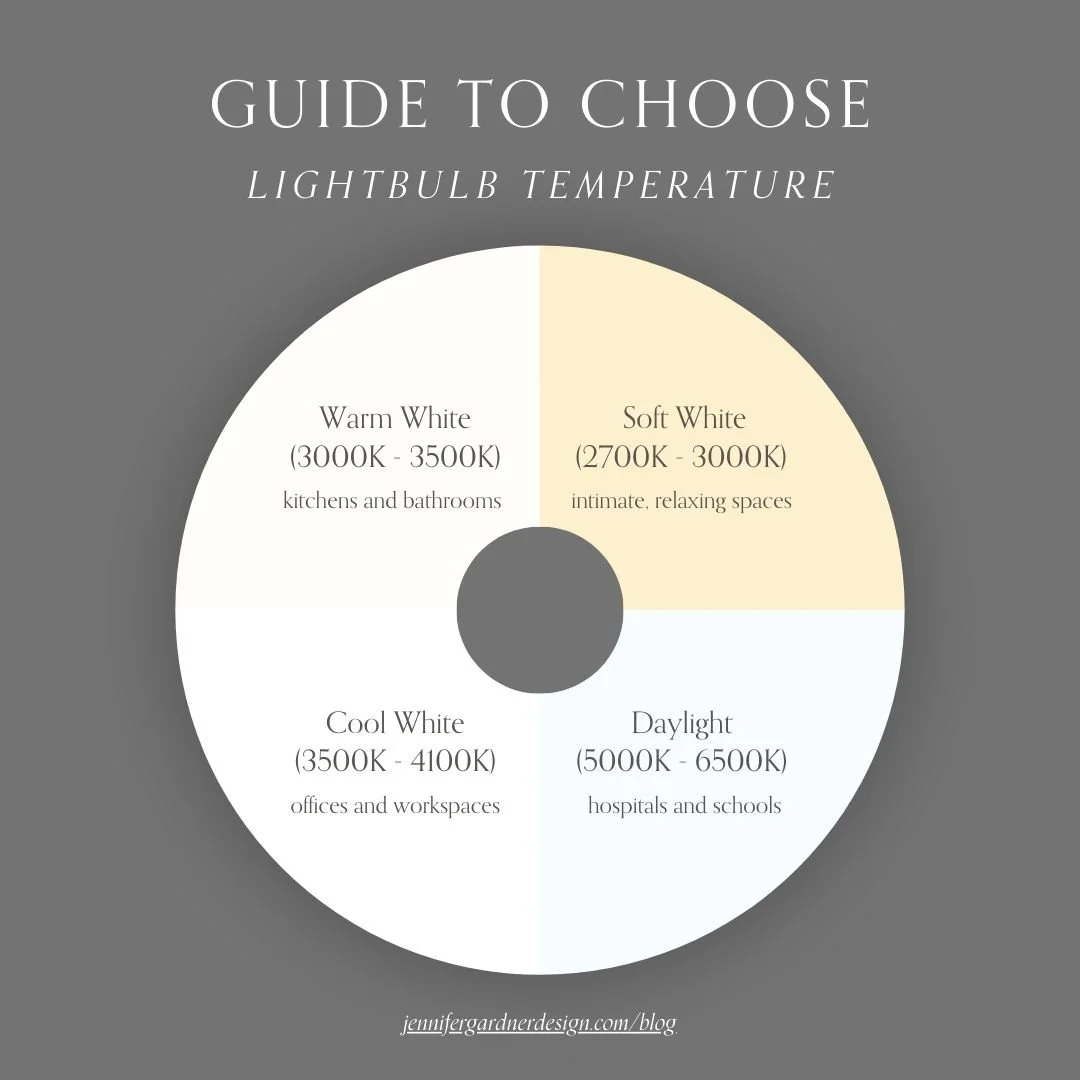Renovation Lighting: Create Depth & Ambiance with Lighting Layers
If you’ve been following the Renovation Blueprint blog for a while now, you’ll know that we LOVE lighting over here. From flush mounts to unique light fixture combos, we are drawn to the way that lighting can completely transform a room—and even improve your mindset. Just ask a lighting expert! And speaking of our go-to lighting expert, Nathanael Washam, he helped us imagine and plan the renovation lighting for the project we are featuring below in this post.
Lighting is one of the most transformative elements in any home renovation project. It has the power to create depth, set the mood, and highlight your home’s best features. Just like a perfectly crafted recipe, layering your lighting can turn a good space into a great one. Here’s how to master the art of lighting layers to bring depth and ambiance to your home.
Understand The Basics: The Three Layers Of Lighting
To create a well-lit room, you need to incorporate three basic types of lighting: ambient, task, and accent lighting. Each layer serves a unique purpose. When combined, they create a balanced and versatile lighting scheme.
Photography by Emily Keeney
Ambient lighting
This is your main source of light, providing overall illumination for the room. Think of ceiling fixtures, chandeliers, or recessed lighting. It’s the foundation of your lighting design.
Task lighting
As the name suggests, task lighting is all about function. It provides focused light for specific activities like reading, cooking, or working. Examples include desk lamps, under-cabinet kitchen lights, and bathroom vanity lights.
Accent lighting
This is your opportunity to highlight specific features and add a touch of drama. Accent lighting includes spotlights, wall sconces, and track lighting, which draw attention to artwork, architectural details, or unique decor pieces.
For Your Renovation Lighting Start With Ambient Lighting
Begin by establishing your ambient lighting. This sets the stage for the entire room. Ceiling-mounted fixtures, chandeliers, or a series of recessed lights are common choices. The goal is to provide a comfortable level of brightness that’s evenly distributed throughout the space. For larger rooms, consider adding multiple ambient light sources to avoid dark corners and ensure consistent illumination.
Photography by Emily Keeney
Next Step for your Renovation Lighting: Layer In Task Lighting
Next, add task lighting to support specific activities. In the kitchen, install under-cabinet lights to illuminate countertops and make food preparation safer and easier. In a home office, a well-placed desk lamp will reduce eye strain and enhance productivity. In the bathroom, ensure you have bright, shadow-free lighting around mirrors for grooming tasks. Task lighting should be functional but also flexible to adapt to different needs.
Photography by Emily Keeney
Highlight With Accent Lighting
Accent lighting is where you can get creative and add personality to your space. Use picture lighting to highlight artwork, or place spotlights to emphasize architectural features like a fireplace or built-in shelving. Well-placed table lamps provide balanced, soft lighting in your living and bedrooms.
Photography by Emily Keeney
Incorporate Dimmer Switches
Dimmer switches are a game-changer when it comes to creating ambiance. They allow you to adjust the brightness of your lights, making it easy to transition from bright and lively to soft and intimate. Install dimmers on your main lighting fixtures to gain control over the mood and functionality of the room.
For Renovation Lighting: Consider Color Temperature
The color temperature of your lighting can significantly impact the ambiance of a room. Let’s break this down.
Color temperature is measured in Kelvin (K) and describes the hue of a specific type of light source:
Soft White (2700K - 3000K): Soft white has a yellowish to soft white glow, similar to the light from traditional incandescent bulbs. It creates a cozy, inviting, and intimate atmosphere, ideal for relaxing spaces.
Warm White (3000K - 3500K): Warm white has a brighter, crisper glow than soft white and is often used in kitchens and bathrooms.
Cool White (3500K - 4100K): Cool white emits a neutral white tone and is often used in offices and workspaces.
Daylight (5000K - 6500K): Daylight bulbs emit a cool, bluish-white hue, resembling daylight. They are most suitable for task-oriented spaces where clarity and focus are essential, such as hospitals and schools.
Pro Tip: When planning your lighting, it is ideal to choose one color temperature for all of the fixtures in the room. That way, the light will feel consistent and even.
Think About Lighting Placement
The placement of your lights is just as important as the type of lights you choose. Aim for a balance that avoids over-illuminating one area while leaving others in the dark. Use a combination of overhead lights, floor lamps, table lamps, and wall-mounted fixtures to create an even distribution of light. For example, placing a lamp on a side table in the living room adds a cozy glow, while a pendant light above a dining table creates a focal point.
Embrace Natural Light
Don’t forget about the best and most energy-efficient light source—natural light. Choose window treatments that maximize daylight, and strategically place mirrors to reflect and amplify the natural light in your room. Natural light not only enhances the space but also improves your mood and well-being. Take advantage of nature’s gift of natural light!
Photography by Emily Keeney
The Blueprint For Brightness in your Renovation Lighting
Creating a well-lit home with your Renovation Lighting is all about balance and layering. By combining ambient, task, and accent lighting, you can add depth, warmth, and functionality to any room. So, next time you plan a renovation, remember to think beyond just flipping the switch and embrace the art of lighting layers.
How did you layer lighting solutions in your space? Share your stories and photos below to inspire fellow readers.
Did you find this post helpful? Be sure to sign up for our newsletter so you never miss my tips for planning, organizing, and managing your home renovation project like a pro!
